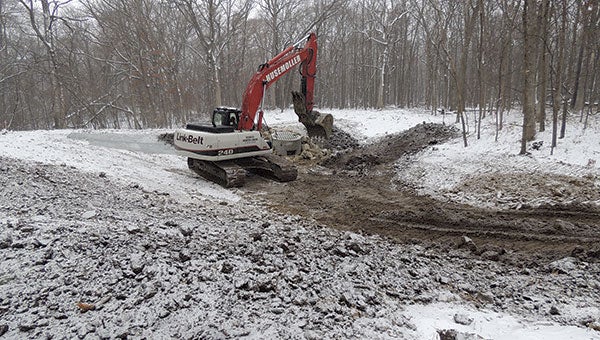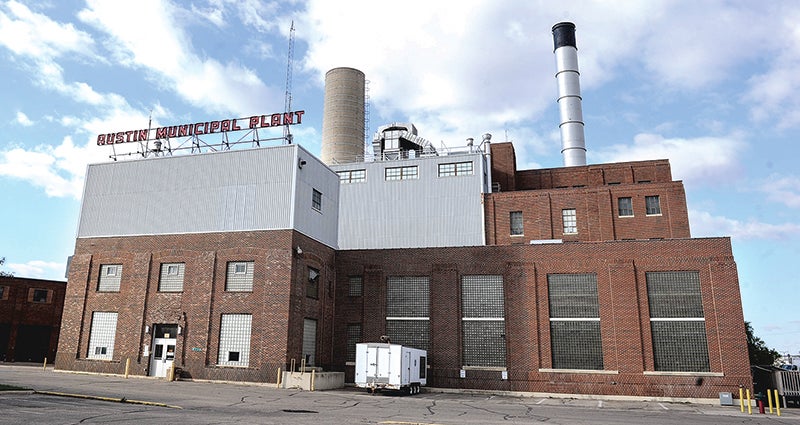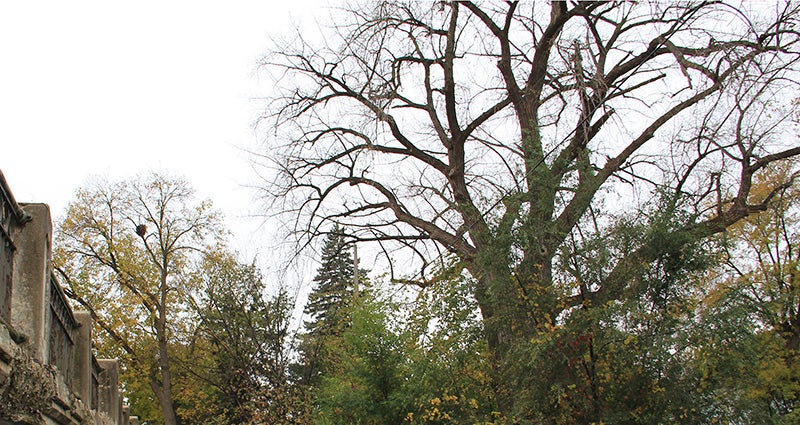CRWD completes major flood-control project
Published 10:14 am Thursday, January 9, 2014

A newly completed structure on Ken Trom’s property north of Austin was the first major flood-control project for the Cedar River Watershed District. Photo provided
The Cedar River Watershed District’s first major flood-control project is complete in northern Mower County.
The CRWD has constructed several water-quality projects through the use of state Clean Water Legacy funding, but its recent construction on Ken Trom’s property along the Cedar River in Lansing Township was the district’s first impoundment project focused on flood-damage reduction, said Justin Hanson, CRWD resource specialist. The project will prevent an estimated four tons of sediment and four tons of phosphorus from entering the Cedar River every year.
“The CRWD board and staff are really excited to get this first flood-control project completed,” Hanson said. “This should be a great jumping-off point for future, similar projects in the Cedar River Watershed.”
Located northeast of the village of Lansing, the project used natural land topography to create a dam during a rain event and hold water in a ravine. The impoundment slows stormwater flows to the Cedar River and provides a holding area for any upstream runoff. Ponds created by the project are designed to store stormwater and allow excess dirt and agricultural runoff to settle in the pond and be treated before being released to the Cedar River, Hanson added.
“This is a great example of how projects can be implemented into the agricultural landscape without taking any land out of production,” he said.
The CRWD targets projects that provide multiple benefits and leverage outside funding, and the Trom project fit that profile, Hanson added. At a cost of $130,000, the project involved $97,500 in state funding, along with $32,500 from the CRWD.
CRWD staff started work this past spring by surveying and designing the area, followed by engineering this past summer. During that time, CRWD held public comment hearings and secured easements from the Troms.
Trom couldn’t think of any reasons to deny the project.
“In 1964, we were going to do a fish pond there, but we were concerned about the runoff and how that might affect the fish,” Trom said. “But I always kept that in the back of my mind.”
CRWD hopes to construct similar ravine projects along the Cedar River in 2014 and has submitted a grant application to address an additional four priority ravine areas in the Cedar River Watershed. CRWD staff will learn later this month whether funds have been awarded for those proposed projects.




